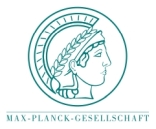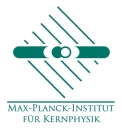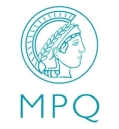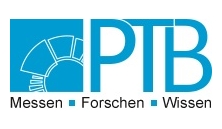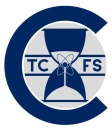Max Planck-RIKEN-PTB Center for
Time, Constants and Fundamental SymmetriesGroup of Thomas Pfeifer, Max Planck Institute for Nuclear Physics, Heidelberg
Center Research Topics
- Advanced ion traps and ion manipulation techniques
- Th-229 nuclear clock
- Optical and XUV clocks based on highly charged ions
Thomas Pfeifer's Division Website ![]()
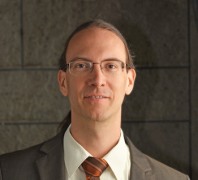
Pushing the precision of atomic and molecular quantum-dynamics measurements in the temporal and spectral domain. This appears like a contradiction due to Fourier (or Heisenberg uncertainty) principles, but is achieved and scientifically applied by Prof. Dr. Thomas Pfeifer and coworkers in his division by a combination of quantum control with interferometric spectroscopy techniques. Employing nonlinear-optical interactions with laser light, collisions of electrons with cold/controlled neutrals and (highly charged) ions, and coincident detection of particles in home-built multidimensional extreme-ultraviolet (XUV) spectrometers and reaction microscopes allows the measurement and understanding of correlation effects from few to many electrons in atoms and molecules, fundamental physics in intense laser, and strong Coulomb fields, leading to time-domain laser control of matter and light, from Terahertz/infrared to x-ray frequencies.
A current focus of Thomas Pfeifer's research is the application of time-domain quantum control approaches to precision spectroscopy up to x-ray frequencies. A high-harmonic XUV frequency comb based on a ultra-high-vacuum enhancement cavity will soon be integrated with a sympathetically laser-cooled highly charged ion in a cryogenic Paul trap to explore future-generation clocks and test potential drifts of fundamental constants. Another recent success in this direction is the creation and control of neV/MHz linewidth x-ray (14 keV) light opening avenues for precision spectroscopy with free-electron lasers:
- Sharp x-rays for precision spectroscopy with nuclear resonances, (Science 357, 375 (2017))
Recent highlights also include:
- Observing the emergence of a Fano resonance in the time domain (Science 354, 738 (2016))
- Control of strong-field dynamics in large molecules, PNAS 112, 15613 (2015)
- Time-domain quantum-phase control in rubidium, (Phys. Rev.Lett. 115, 033003 (2015))
- Reconstruction&control of two-electron wavepacket dynamics, Nature 516, 374 (2014)
- How to generate X-ray frequency combs, Nat. Photonics 8, 520 (2014)
Inspiring young researchers:
Thomas Pfeifer is active as a lecturer, tutor, and supervisor of
Bachelor, Master, and Doctoral Students at the University of Heidelberg. He conveys his
excitement of physics in general and his research in particular in the regular introductory
curricula as well as special seminars and lectures, confirmed by excellent student evaluation
results. He is or has been the doctoral advisor of ~15 doctoral students and supervised the
work of more than 10 postdocs. He is transporting the broader picture of his scientific
activities to the public and school students, e.g. by talks at "Physik am Samstagmorgen" or
"Tag der offenen Tür".
International recognition:
Thomas Pfeifer has earned an ERC Consolidator Grant in 2013,
was elected Fellow of the American Physical Society (APS) in 2016, was awarded a Heinz-Maier-Leibnitz
Award of the German Research Foundation (DFG) in 2013 and received early
recognition already as "Most nobale international researcher" during his postdoc at UC
Berkeley. He also acts as spokesperson and on large-scale internnational multi-PI projects at
Free-electron laser (FEL) and Synchrotron experiments on time-resolved and precision
spectroscopy experiments.
